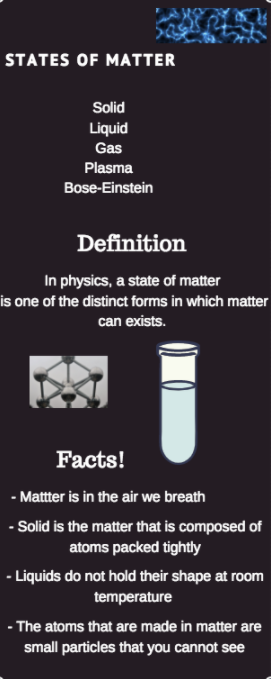New State of Matter Discovered
Thanks to a research team from the University of Illinois, University of California, Berkeley, and University of Amsterdam, a new state of matter has been discovered: excitonium.
More stories from Alex Rapp
Researchers from the University of Illinois have announced an exciting revelation of science: a new form of matter known as excitonium. This matter is made of a special type of boson, a composite particle that may allow the new matter to act as a superfluid, a superconductor, or even as an insulating crystal for electronics.
Professor of Physics Peter Abbamonte and his team at the University of Illinois worked with colleagues from the University of California, Berkeley and the University of Amsterdam to prove the existence of the new type of matter that was theorized more than 50 years ago by scientists.
To prove the existence of this phenomenon, the team studied crystals doped, or made impure, with titanium diselenide, a transition metal. The produced results were even repeated multiple times.
Ecitonium is a condensate, a liquid formed by condensation, made up of excitons, the combination of escaped electrons and the holes that they left behind. This seemingly impossible phenomenon exists because of the energy levels in semiconductors. When electrons on the edge of one energy level in an atom are charged, they jump to the next energy level, leaving behind a “hole” in the previous level where they used to be. This hole acts like a positively charged particle, attracting the negatively charged electron that escaped previously.
Until now, scientists didn’t possess the experimental tools necessary to distinguish the excitonium from other, similar phases of matter with certainty. The actual detection of excitonium took a long time and an entirely new detection technique developed by the research team. They were able to definitively measure the collective excitation of the bosonic particles, made up of the paired electrons and holes, no matter what their momentum might be.
“The result is of cosmic significance,” Abbamonte said in a press release. “Ever since the term excitonium was coined in the 1960s by Harvard theoretical physicist Bert Halprin, physicists have sought to demonstrate its existence. Theorists have debated whether it would be an insulator, a perfect conductor, or a superfluid – with some convincing arguments of all sides. Since the 1970s, many experimentalists have published evidence of the existence of excitonium, but their findings weren’t definitive proof and could equally have been explained by a conventional structural phase transition.”
Now that excitionium had been actually observed and recorded in a laboratory setting, its properties can be further tested and explored to delve into the practical application of the new science. Most obviously, as a superconductor and a superfluid, the material could be used to improve existing technologies.




